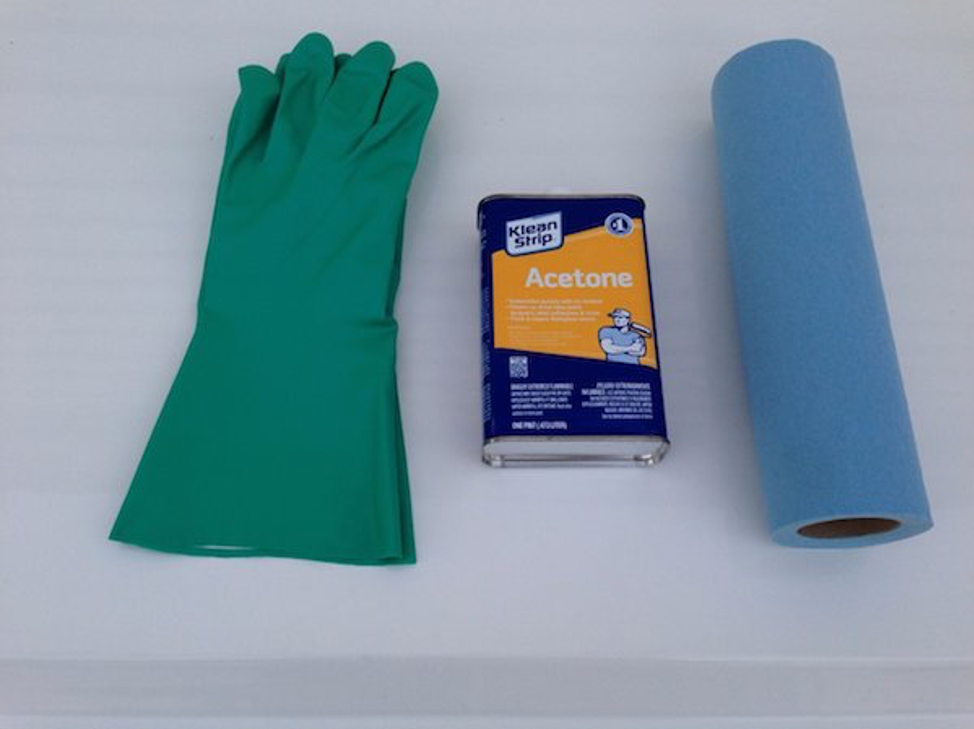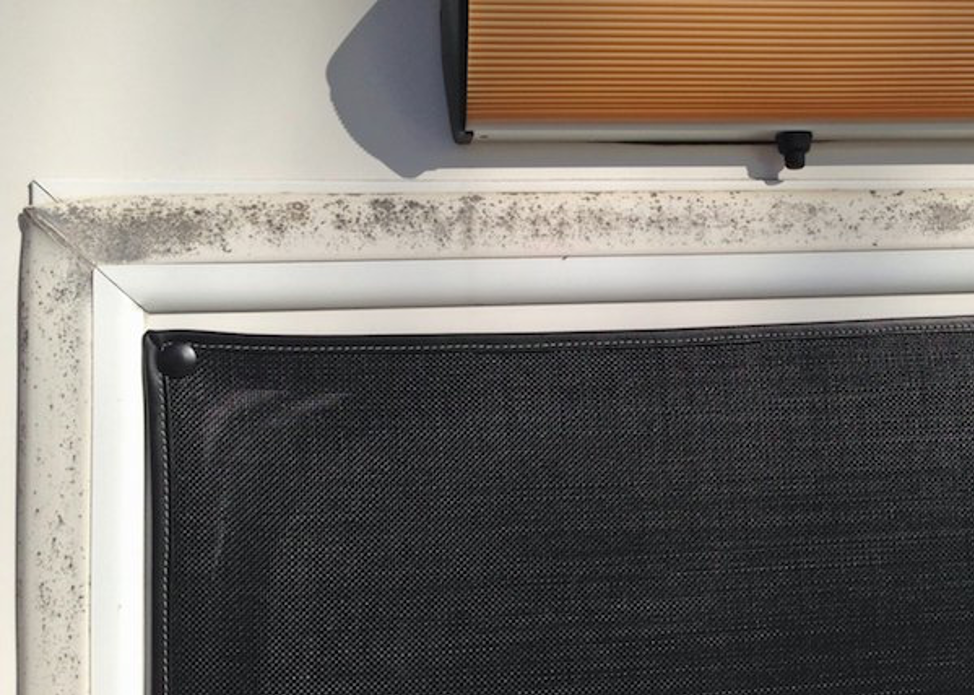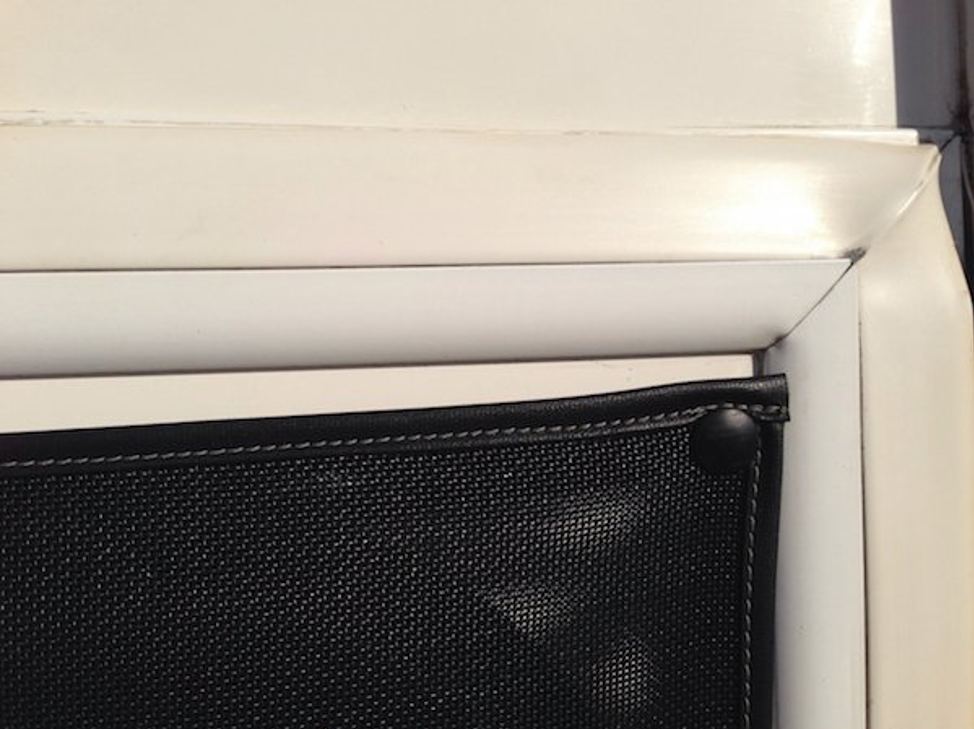The last time that I cleaned our white door gasket, I didn’t apply Carnauba Wax. I had intended to do it “tomorrow” and then I eventually forgot. As you can see, the organics had a great time with that procrastination. The whole gasket, inside and out, was nasty and I figured that my time had come to finally surrender it.
But I much prefer the look of the white gasket, so I recently got around to trying to clean the gasket. I found that my previous best (JOMAX/bleach/water solution) wasn’t being 100% effective (light grey dots and residual stains were still left). Greased Lightning and Soft Scrub weren’t doing any better either, and it was hard not to overlap the Soft Scrub near any painted surfaces.
So back to Acetone. I had previously been very timid with Acetone solvent on the door gasket.
This time, I found that by using a shop (paper) towel, folded six layers thick (so that the acetone couldn’t evaporate rapidly) and then scrubbing vigorously, every bit of the organic growth could be removed. It is important to use Nitril gloves and to keep refolding the towel to keep a clean towel surface in play.
There is a gooey residue that develops. I had previously thought that this was based gasket material being lifted, indicating damage to the gasket. It is apparently not base material at all, but just the organic and oxidized surface material that is being dissolved. Once all of the “goo” is lifted and transferred to a paper towel, the base material is as stable, hard and glossy as a gel coat.
I guess that all makes sense as organic chemists and chemistry labs use acetone solvent to clean lab surfaces, glassware and tools as liberally as we use soap and water.
Acetone is not harmful to a gel coat and it is much easier to use near paint edges than abrasives such as Soft Scrub or abrasive pads.
Note: Acetone will soften some paints and plastics, so it should not be “scrubbed” on any painted or plastic surface without careful trial.
I thought that others might benefit and be able to preserve their white gaskets a bit longer,

Safety Tips
• Make sure the area in which the acetone is used is well-ventilated
• Prevent skin absorption – wear nitrate safety gloves every time you use acetone
• Wear safety goggles
• If prolonged use, indoors and out, use ventilation masks (not dust masks)
• If you work with acetone on a surface, make sure the surface does not soak up and retain the liquid acetone
• Thoroughly ventilate and dry cleaning rags/towels/materials prior to disposal
• Flammable as a liquid and a vapor. Do not use near open flames or where sparks may occur
• Dilute spilled acetone with large quantities of water
Acetone is a dangerous, flammable solvent that must not be disrespected.

Before

After